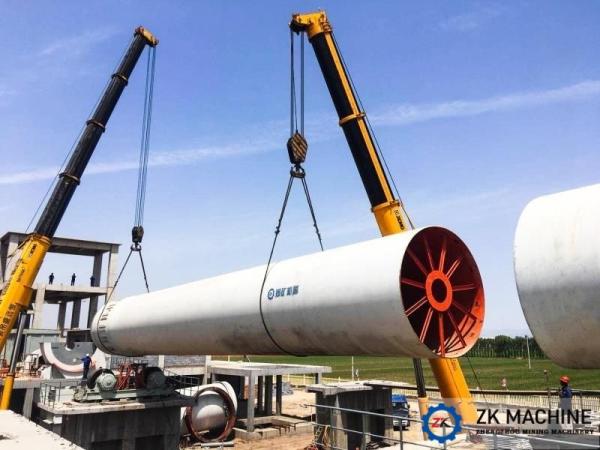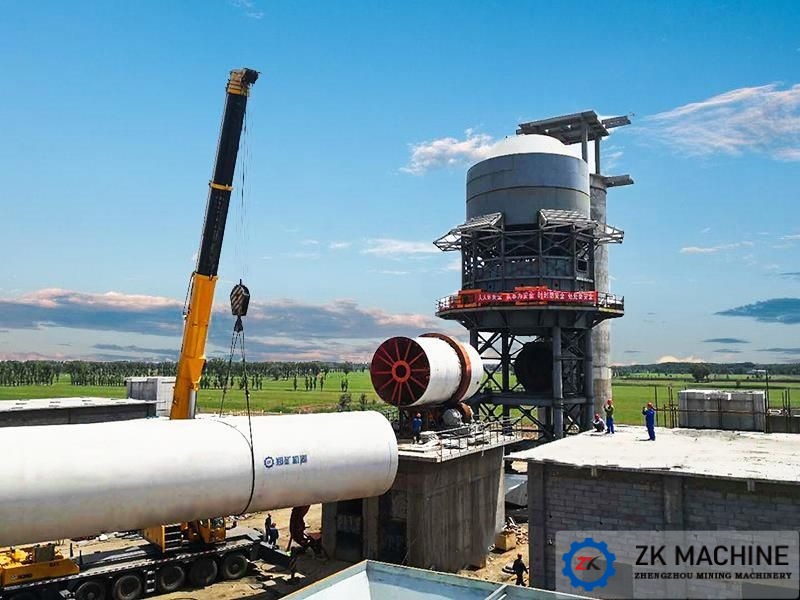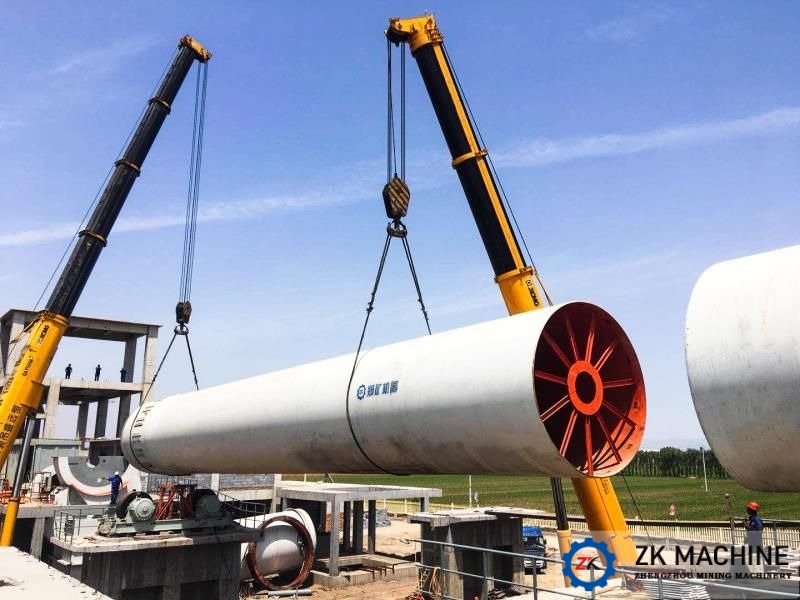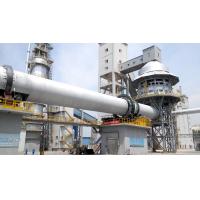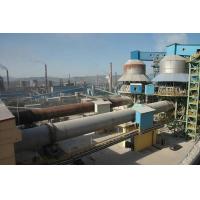Henan Zhengzhou Mining Machinery CO.Ltd
Henan Zhengzhou Mining Machinery Co., Ltd. (ZK Corp) was
established in 1956. The company is committed to providing
innovative technology equipment and solid waste and hazardous waste
recycling solutions for many countries and regions around the
world. After more than 60 years of development, it has become a
comprehensive modern enterprise, covering an area of 76,000 square
feet and a building area of 43,000 square feet. ZK Corp now has 6
modern workshops, 4 heavy equipment workshops, 1 municipal R&D
center, 1 provincial technology research center (industrial solid
waste disposal equipment technology research center), including
more than 300 large and medium-sized processing equipment set. ERP
business services include scientific research, design, development,
manufacturing, transportation, installation, testing and training.

